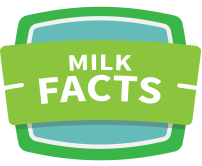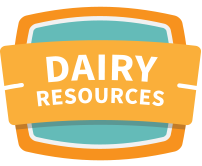Milk Facts
- Milk is the No. 1 food source for three of the four nutrients identified by the federal government as falling short in the diets of both children and adults. These are calcium, potassium, and vitamin D.
- Experts agree that dairy foods deserve a special place in the diets of children. According to the U.S. Department of Agriculture, several nutrients critical for growth are lacking in the diets of children and adolescents. These include calcium, magnesium, potassium, and vitamin A. Dairy foods provide all of these.
- The shortfall in these nutrients is a significant public health concern. That’s why the government encourages adults to consume three servings of low-fat and fat-free dairy products daily and children to consume two.
- Dairy foods play a major role in bone health. Inadequate calcium and dairy food consumption among children results in a higher risk of osteoporosis and life-threatening fractures later in life.
- Eating the recommended servings of low-fat and fat-free dairy foods can lower blood pressure in adults. Studies also associate consuming low-fat and fat-free dairy foods with lower risks of cardiovascular disease and type 2 diabetes, as well as osteoporosis.
- By lowering the risk of these chronic diseases, consuming dairy foods may also help reduce health care costs.
Source: http://realseal.com/real-dairy-nutrition




